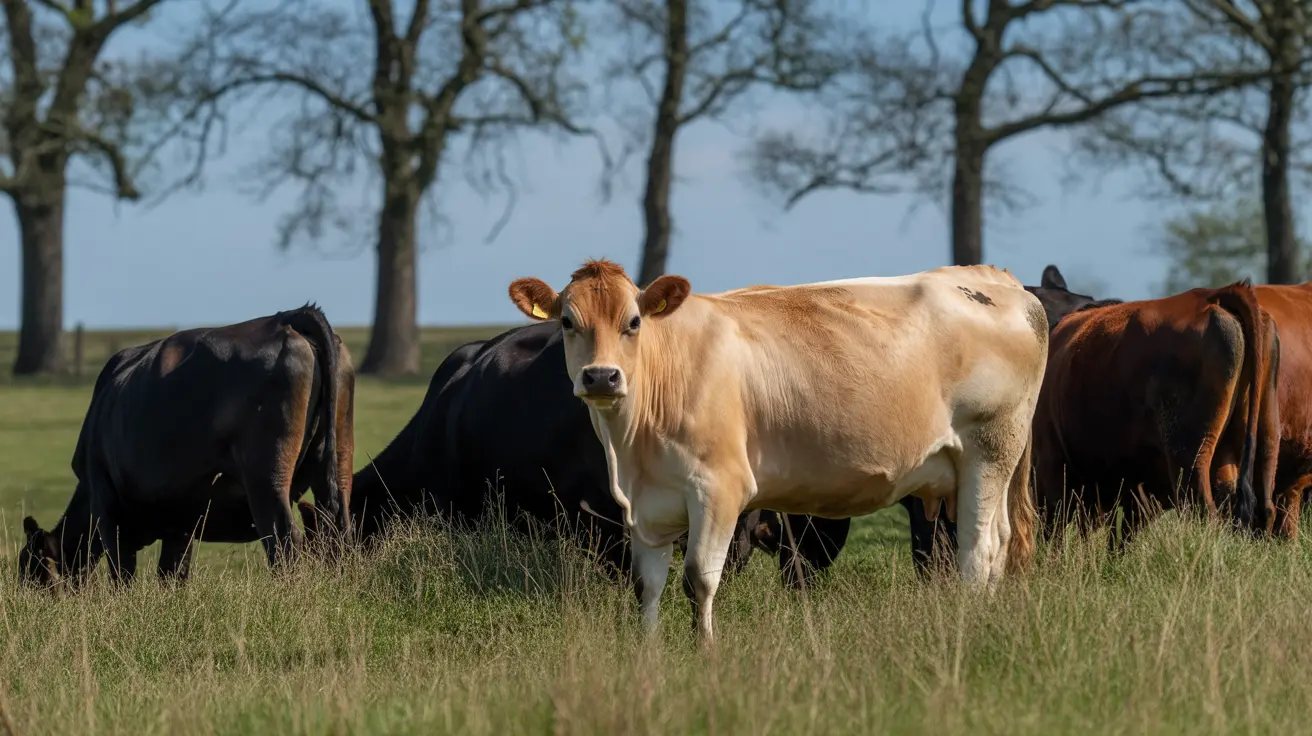The Afghan Hound: A Graceful and Calm Companion
The Afghan Hound is an ancient, regal breed celebrated for its elegant appearance and calm, aloof demeanor. Originating from the rugged mountains of Afghanistan, these dogs are not only visually stunning but also possess a gentle and quiet temperament that makes them uniquely appealing to experienced dog lovers.
Breed Origins and History
Afghan Hounds were historically bred for hunting in the cold mountainous regions of Afghanistan. Their thick, silky coats provided insulation against harsh climates, while their long legs and large paw pads enabled them to navigate rocky terrains with ease. Known locally as the Sag-e Tāzī or Barakzai Hound, they trace lineage with ancient dogs like the Saluki and Tazy, making them one of the few basal dog breeds that predate modern classifications.
Temperament and Behavior
Afghan Hounds are known for their dignified and serene nature. Though often aloof with strangers, they are profoundly loyal and form strong bonds with their families. Their personality combines independence with moments of playful silliness, making them both reserved companions and entertaining housemates.
- Quiet and non-aggressive: They rarely bark without reason.
- Aloof with strangers: May appear shy or disinterested.
- Clownish with loved ones: Exhibits humorous behavior when comfortable.
This combination of traits makes them ideal for homes seeking a peaceful and unobtrusive pet.
Physical Traits
The breed stands between 24–29 inches tall, weighing 44–60 pounds. Its renowned coat, which may come in various colors, requires regular maintenance. Notable features include:
- Long, silky double coat
- Ringed tail and high hipbones
- Elegant topknot and facial hair known as "mandarin"
Exercise and Training Needs
Despite their calm demeanor, Afghan Hounds are sight hounds bred for speed and agility. Their high prey drive means that they must be exercised in enclosed areas. Owners should plan for at least two hours of physical activity daily, including:
- Leashed walks
- Off-leash play in fenced areas
- Lure coursing or agility workouts
Training can be challenging due to their independent nature. Afghan Hounds aren’t known for obedience and do best with positive reinforcement and patience. Early socialization is crucial.
Grooming and Maintenance
Grooming is one of the most demanding aspects of Afghan Hound care. Their fine-textured hair tangles easily and must be brushed multiple times per week. Regular bathing and blow-drying are also necessary. Tips for grooming include:
- Use a snood to keep hair clean during meals
- Trim nails and clean ears weekly
- Monitor coat for mats behind ears and under legs
Health and Lifespan
The average lifespan is 11–14 years. While generally healthy, Afghan Hounds are susceptible to certain conditions:
- Chylothorax: A potentially fatal fluid build-up in the chest
- Hip dysplasia and cataracts
- Hypothyroidism and allergies
- Digestive issues: prone to bloat; avoid exercise around meals
They are also sensitive to anesthesia due to low body fat. Regular vet check-ups and health screenings are essential for long-term wellbeing.
Nutritional Needs
A high-quality, protein-rich diet supports their lean physique and active lifestyle. Key considerations:
- 2–2.5 cups of dry dog food daily, split into two meals
- Fresh water at all times
- Weight management to prevent obesity
Slow feeders and a calm eating environment help reduce the risk of bloat.
Living with an Afghan Hound
Afghan Hounds thrive in quiet households where routines are consistent, and physical and emotional needs are met. They're best suited for:
- Experienced owners willing to invest time in grooming and training
- Homes with secure outdoor areas
- Families without small pets due to strong prey drive
Variants and Adaptations
Two main strains shape the modern breed:
- Bell-Murray Strain: Desert type with lighter coat
- Ghazni Strain: Mountain type, heavily coated
Other variants include:
- Khalag Tazi: Introduced to Europe in 1920
- Bakhmull: Russian-bred, requires less grooming
Afghan Hounds in Culture
Afghan Hounds have graced films, literature, and artworks:
- Pablo Picasso's statue in Chicago modeled after one
- Featured in Bluey, Lady and the Tramp II, and Balto
- Virginia Woolf's Between the Acts
Conclusion
The Afghan Hound epitomizes elegance, quiet strength, and poise. Though demanding in grooming and training, the breed offers a calm, loyal presence for the right owner. With their exotic looks and noble behavior, Afghan Hounds remain one of the most enchanting and gentle dogs in the world.





